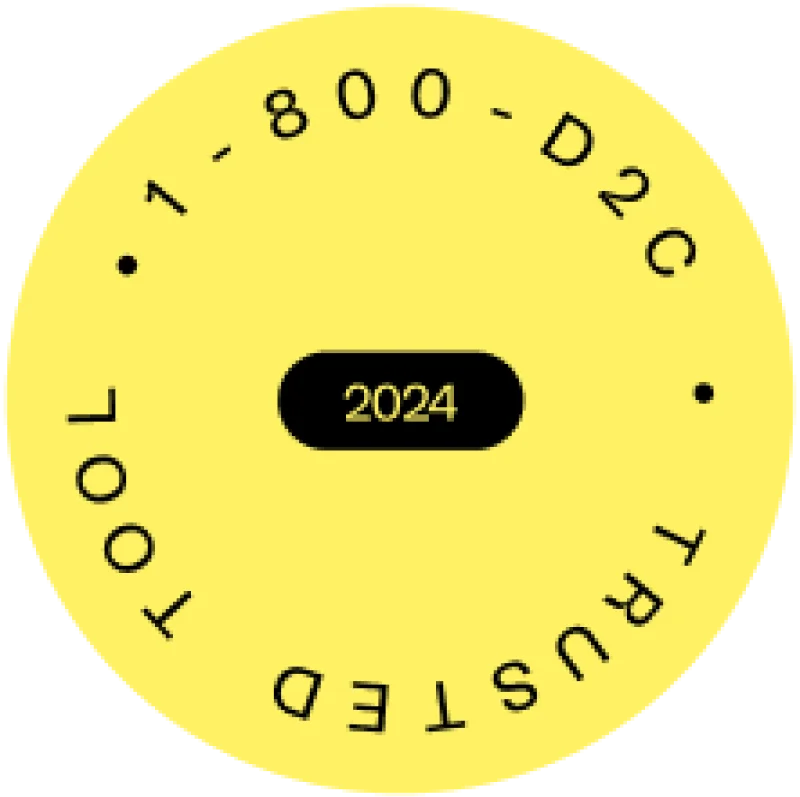Santa Rita Park Sales Tax Guide 2025 (California)
Ready to automate your sales tax?
Sign up for free
Navigating sales tax compliance in Santa Rita Park, California can be a challenge for businesses of all sizes. Understanding the local regulations, tax rates, and filing requirements is critical to staying compliant and avoiding penalties. At Kintsugi, we simplify sales tax compliance for businesses, helping you focus on growth without the headache of managing complex tax rules.
In this guide, we'll break down everything you need to know about sales tax in Santa Rita Park for 2025.
What Is the Sales Tax Rate in Santa Rita Park?
| Jurisdiction | Sales tax rate |
|---|---|
| State Tax | 6.00% |
| County Tax | 0.25% |
| City Tax | 0.00% |
| Special Tax | 1.50% |
| Combined Tax | 7.75% |
Who Needs to Collect Sales Tax in Santa Rita Park?
Sales tax collection in Santa Rita Park is required for businesses that meet the following criteria:
1. Physical Presence: Businesses with a store, office, warehouse, or employee in Santa Rita Park.
2. Economic Nexus: Out-of-state businesses exceeding $500,000 in California.
Not sure if your business meets these criteria? Kintsugi’s Nexus Analysis Tool can help you determine your sales tax obligations.
What Is Taxable in Santa Rita Park?
In Santa Rita Park, California, sales tax applies to:
1. Tangible personal property (e.g., electronics, clothing, furniture).
2. Certain services.
There are also exemptions for items like Grocery Food, Machinery, Raw Materials, Utilities & Fuel, Medical Devices, General Occasional Sales, General Optional Maintenance Contracts. Ensure you check with your state’s tax authority or consult Kintsugi for clarity.
How to File Sales Tax in Santa Rita Park
Here’s a step-by-step guide for filing your sales tax returns:
1. Register Your Business: Get a sales tax permit through the https://www.cdtfa.ca.gov/taxes-and-fees/sutprograms.htm.
2. Collect Sales Tax: Accurately calculate sales tax on taxable transactions.
3. File and Pay: Submit sales tax returns through https://www.cdtfa.ca.gov/taxes-and-fees/sutprograms.htm by the [state-specific deadline]—monthly, quarterly, or annually depending on your sales volume.
Kintsugi’s Automated Filing Service streamlines the process, ensuring accuracy and timeliness.
Common Challenges in Sales Tax Compliance
Businesses in Santa Rita Park often face these issues:
1. Tracking tax rate changes for city, county, and special districts.
2. Managing exemptions and resale certificates.
3. Reconciling returns for accurate filing.
Kintsugi’s AI-Driven Compliance Solution takes the guesswork out of sales tax, handling rate calculations, exemption management, and filing across all jurisdictions.
Why Choose Kintsugi for Sales Tax Compliance?
Kintsugi is more than a software solution—we’re your trusted partner in sales tax compliance. Here’s how we help:
1. Real-Time Rate Calculation across billing, payments, and e-commerce platforms.
2. Nexus Tracking to identify where you need to register and collect tax.
3. Automated Filing to save time and reduce errors.
4. Audit Support to give you peace of mind.
A direct-to-consumer brand, recovered over $200K in overpaid sales tax within their first month of switching to Kintsugi. Your business could be next.
Ready to Simplify Sales Tax Compliance in Santa Rita Park?
With Kintsugi, managing sales tax is effortless. Whether you're just starting out or scaling across multiple states, we have the tools to help you stay compliant and grow with confidence.
Ready to automate
your sales tax?
Find Sales Tax Information for Other Cities in California
Looking for sales tax rates and compliance details for other cities in California? Check out our comprehensive table of sales tax information for cities across the state in the table below
| City | Sales tax rate |
|---|---|
| Miramonte | 7.98% |
| Mono Hot Springs | 7.98% |
| North Fork | 7.75% |
| Oakhurst | 7.75% |
| O Neals | 7.75% |
| Orange Cove | 7.98% |
| Orosi | 7.98% |
| Parlier | 8.97% |
| Piedra | 7.98% |
| Fresno | 8.35% |
Ready to automate
your sales tax?
2261 Market St,
Suite 5931
San Francisco, CA 94114
Resources
US State Sales Tax GuidesCanada Province Sales Tax GuidesUS City Sales Tax GuidesFree Exposure (Nexus) StudySecurity & PrivacyBlogAPI ReferenceKintsugi Status2261 Market St,
Suite 5931
San Francisco, CA 94114

